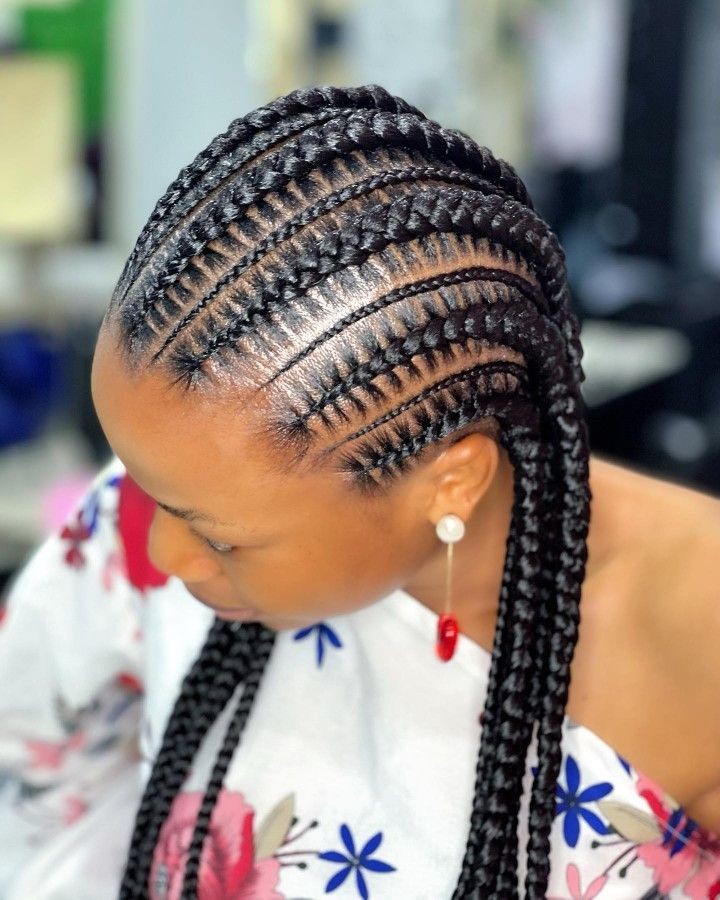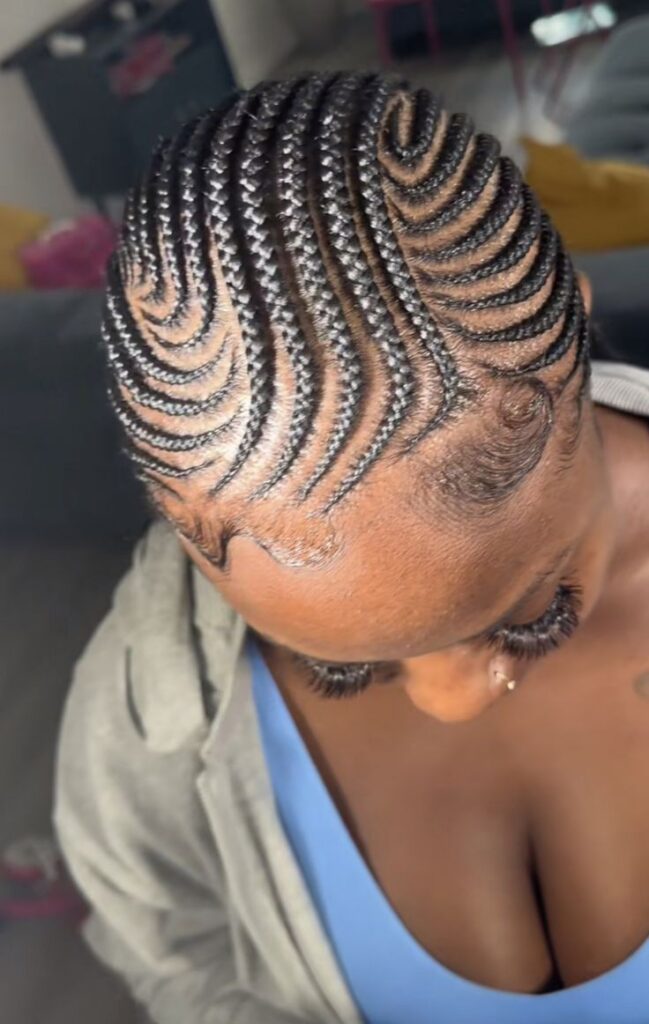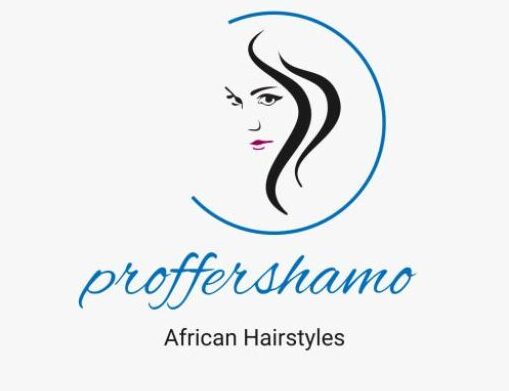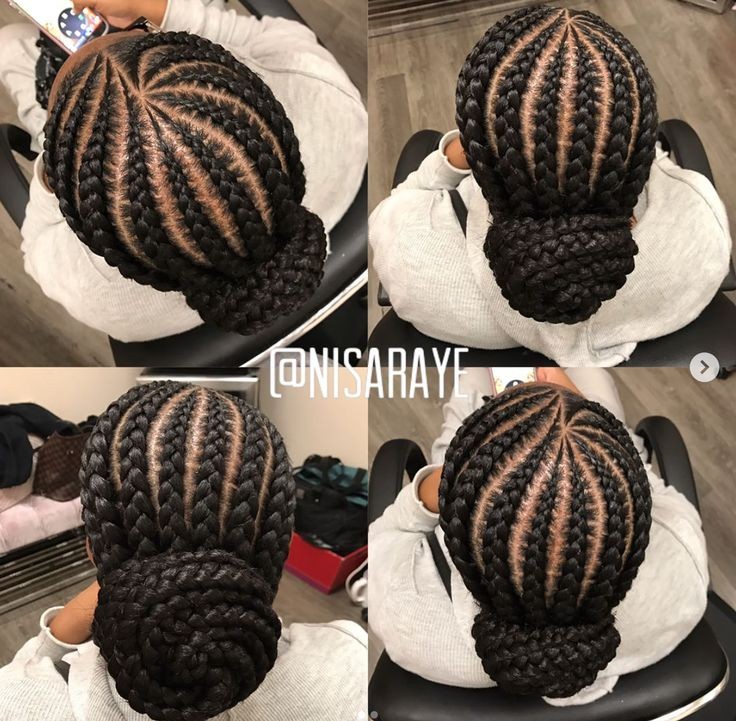Kenya is a country known for its rich culture and diverse ethnic groups, each with their own unique traditions and customs. One of the most prominent aspects of Kenyan culture is their traditional hairstyles, which have been passed down through generations and continue to be worn by many individuals today. These hairstyles not only serve as a form of self-expression and identity, but also hold significant cultural and historical significance.
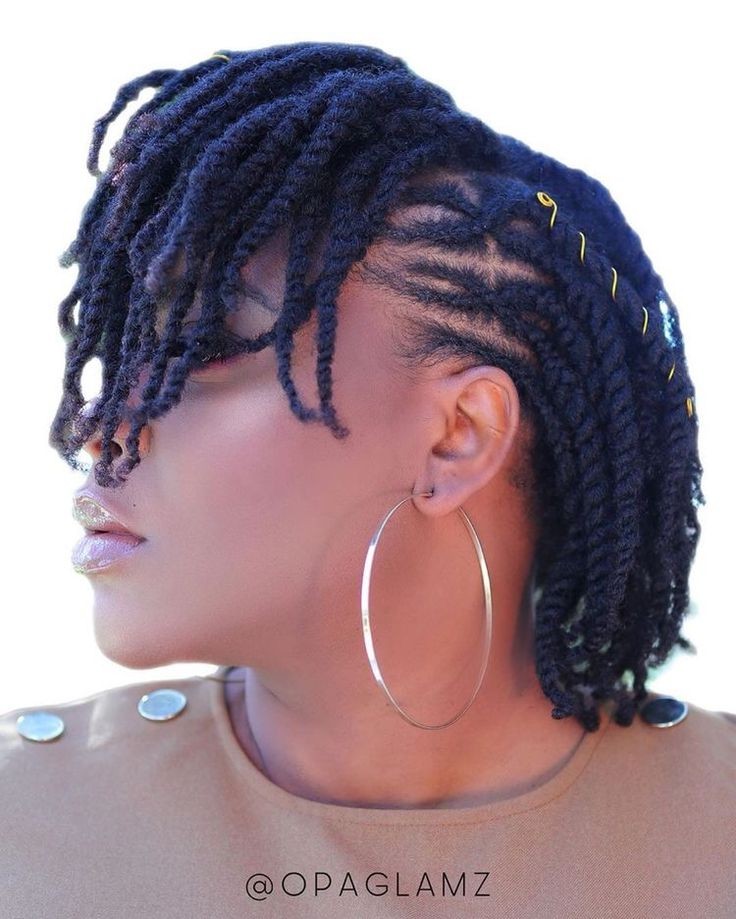
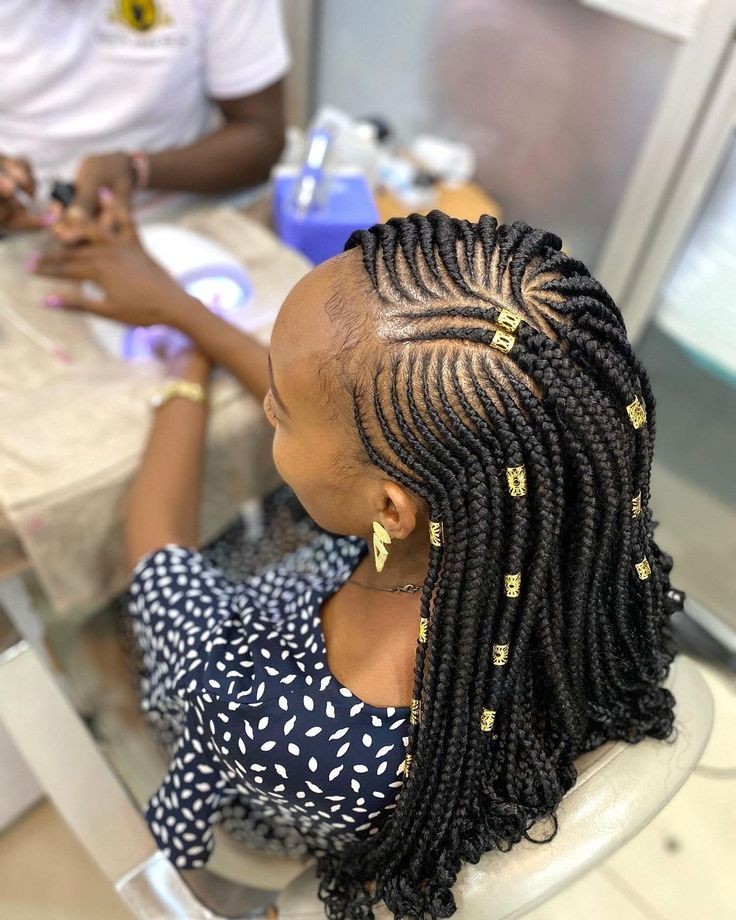



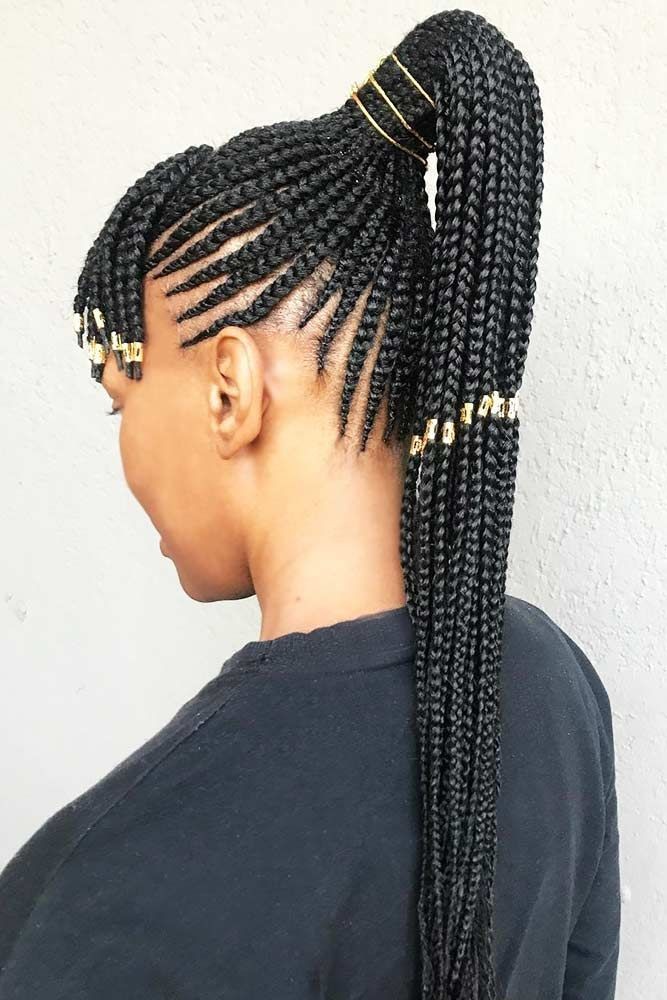





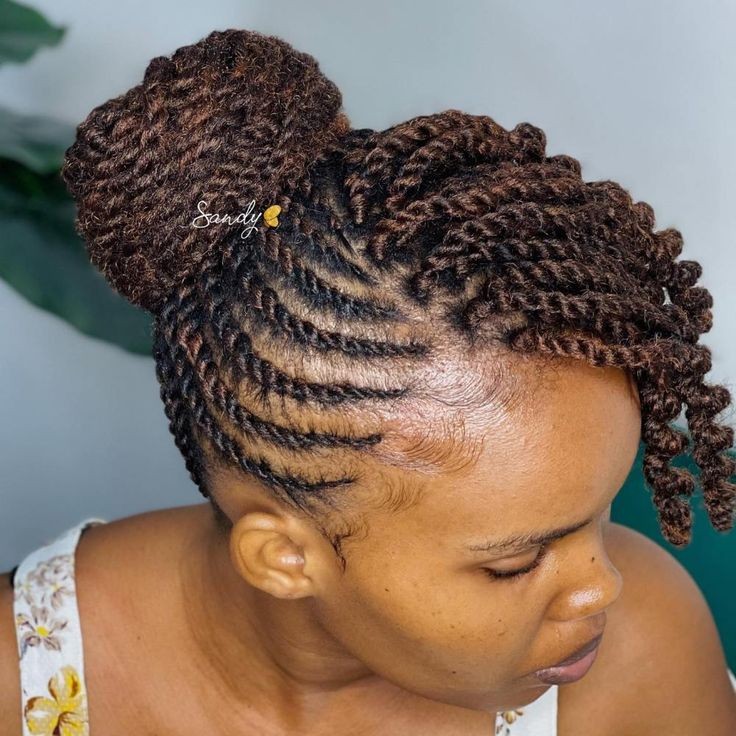
















From intricate braids to colorful beads, traditional Kenyan hairstyles vary among different tribes and hold a special place in the hearts of its people. In this article, we will delve into the fascinating world of traditional Kenyan hairstyles, exploring their origins, symbolism, and evolution over time. Join us as we unravel the beauty and cultural significance of these timeless hairdos that continue to be embraced and celebrated in modern-day Kenya.
Kenyan Dreadlocks
Kenyan dreadlocks are a hairstyle embraced by various ethnic groups in Kenya, often reflecting cultural identity and personal expression. Achieved through intentional matting and knotting of hair, Kenyan dreadlocks can vary in style and length. Different tribes, such as the Maasai and Luo, have unique approaches to hair care and adornment, contributing to the diversity of Kenyan dreadlock styles. This cultural hairstyle is not only a form of self-expression but also a way of preserving traditions and heritage within the rich tapestry of Kenyan communities.
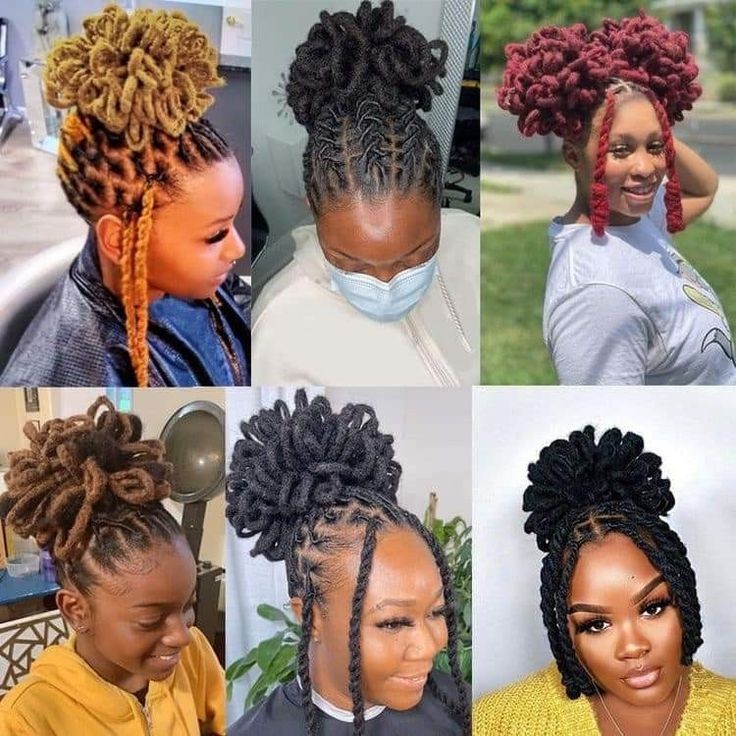

kenyan cornrows
Kenyan cornrows refer to a traditional hairstyling technique in Kenya where hair is tightly braided close to the scalp in neat, straight rows. This method has cultural significance and is often adorned with beads or other embellishments. Cornrows are not exclusive to Kenya and are found in various African cultures, each with its unique styles and patterns. The braids are not only a cultural expression but also practical, offering a low-maintenance and protective way to manage hair.




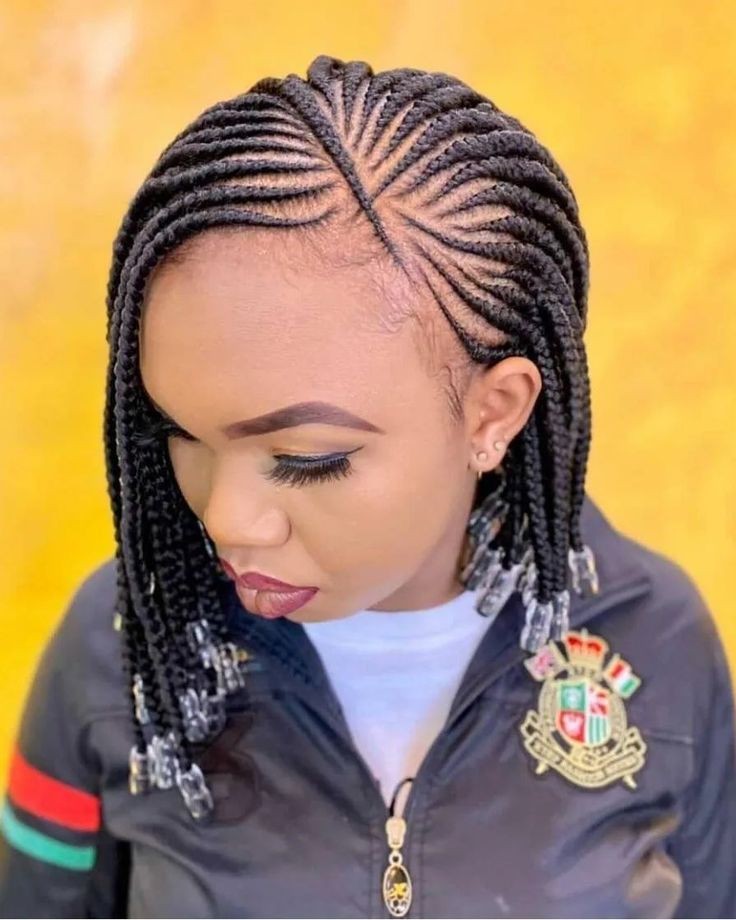


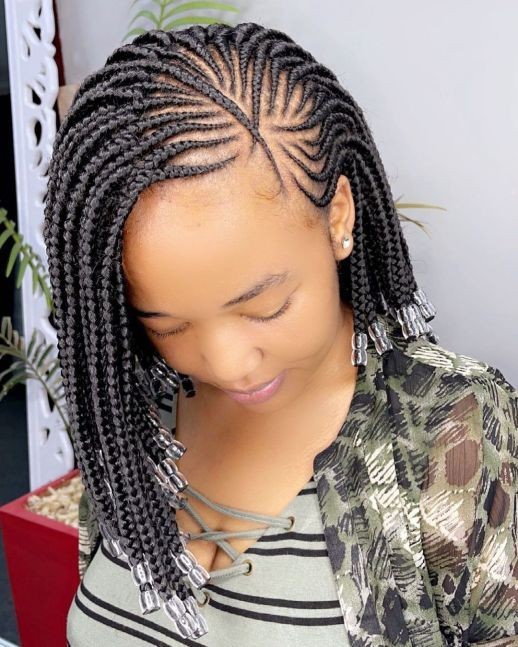


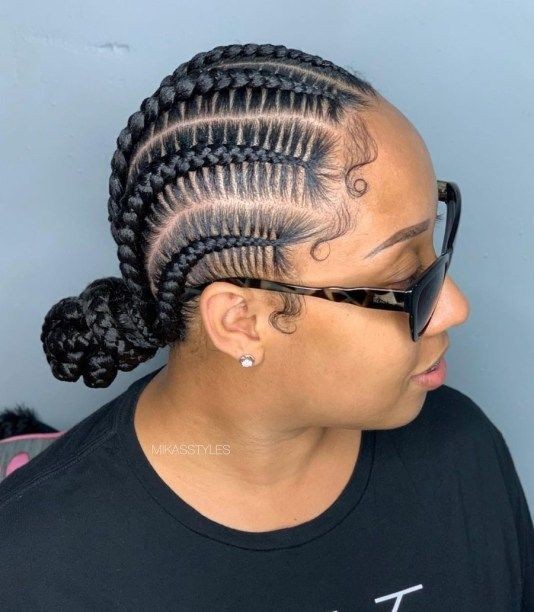

Box braids kenya
In Kenya, box braids are a popular and versatile hairstyle. This braiding technique involves sectioning the hair into small, square-shaped parts and braiding extensions into each section. Box braids in Kenya, as in other places, come in various lengths, thicknesses, and styles.












They offer a protective and low-maintenance option for managing natural hair. Additionally, individuals often customize box braids with different colors or accessories. The style is not specific to Kenya but is embraced across diverse cultures for its aesthetic appeal and practicality.
Massai braids
Maasai braids, also known as Maasai beads or Fulani braids, are a traditional African hairstyle associated with the Maasai people of East Africa. These braids are characterized by intricate patterns, often incorporating colorful beads or cowrie shells. Maasai braids hold cultural significance, representing identity, social status, and beauty within the Maasai community. The style has gained popularity globally for its aesthetic appeal and cultural richness.
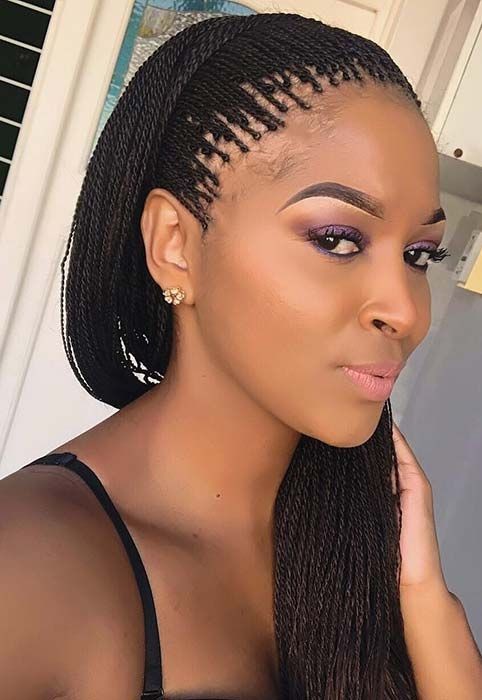

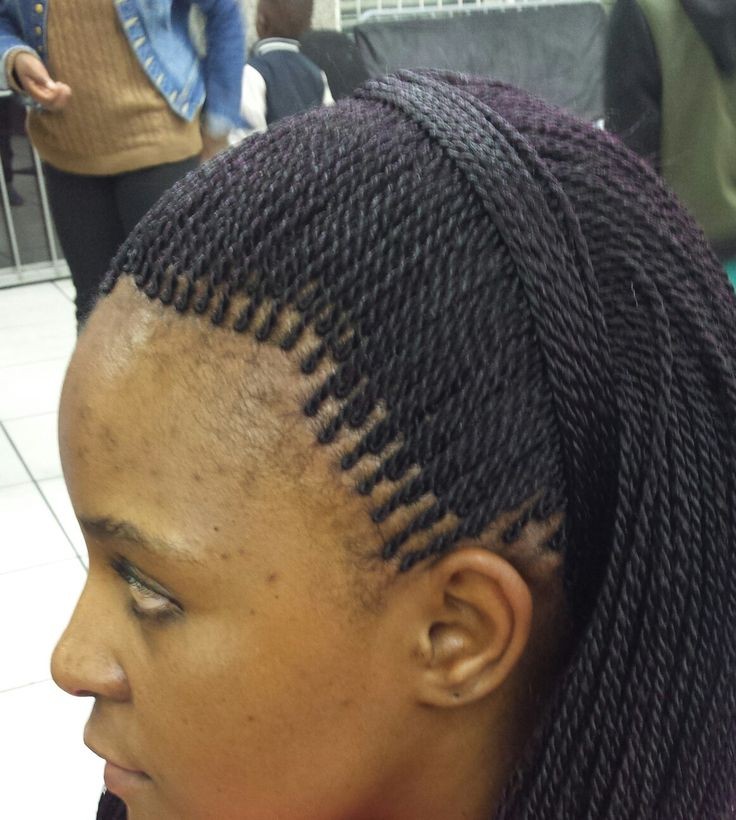



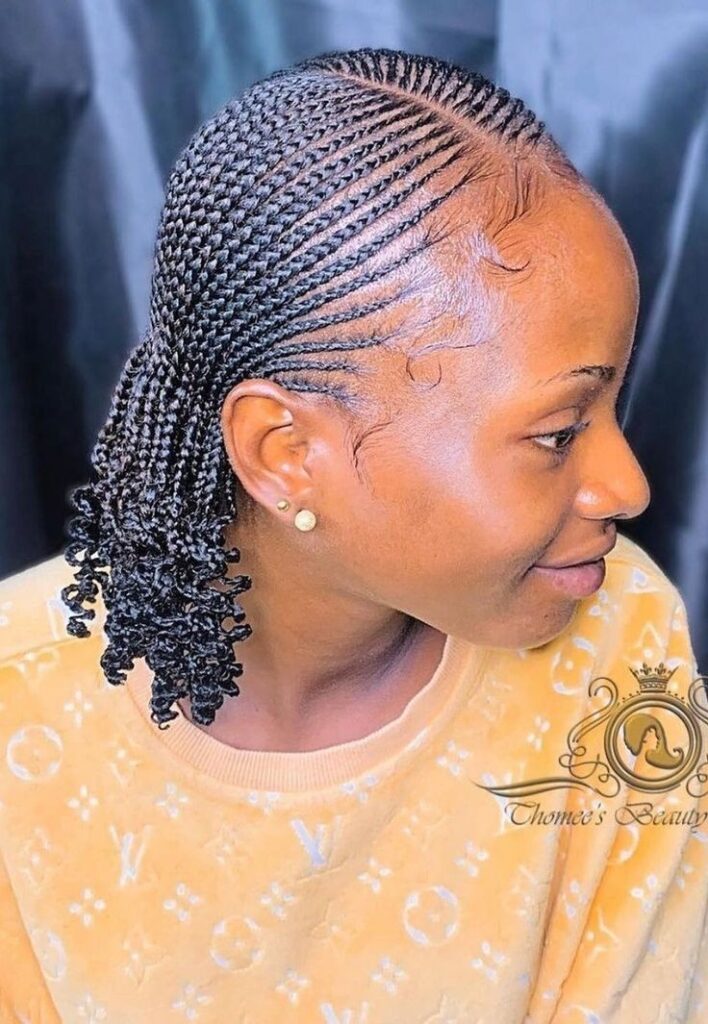


Kikuyu braids
Kikuyu braids are like intricate cornrows with a Kenyan twist. They’re woven into cool geometric patterns and designs, and used to tell stories about a person’s age, social standing, and even if they’re married! Think of them as beautiful hair tattoos, unique to each person.






Kalenjin Braids
These intricate cornrows woven into geometric patterns tell stories of age, social status, and even lineage. Simple styles like “ngichangi” (zigzags) mark youth, while elaborate “mitura” adorned with beads signify maturity. Worn loose or styled into buns, Kalenjin braids are more than just hair – they’re vibrant expressions of cultural identity.









Luo braids
Luo braids: Bold, intricate cornrows crowned with cowrie shells or beads. They weave stories of age, status, and even rebellion. Young girls sport simple “chik” while mature women rock elaborate “dreads.” Luo braids are more than hairstyle – they’re a vibrant tapestry of identity and cultural pride.
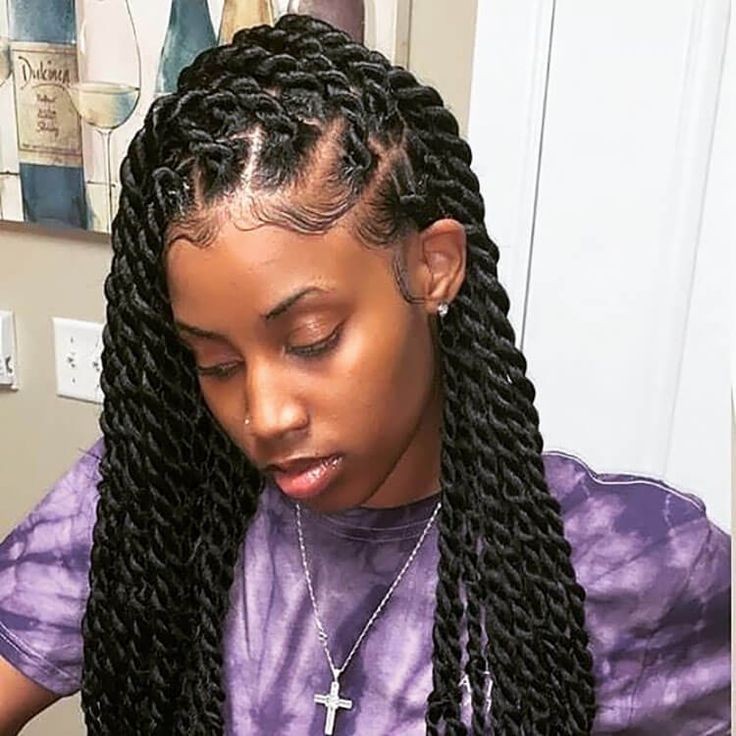



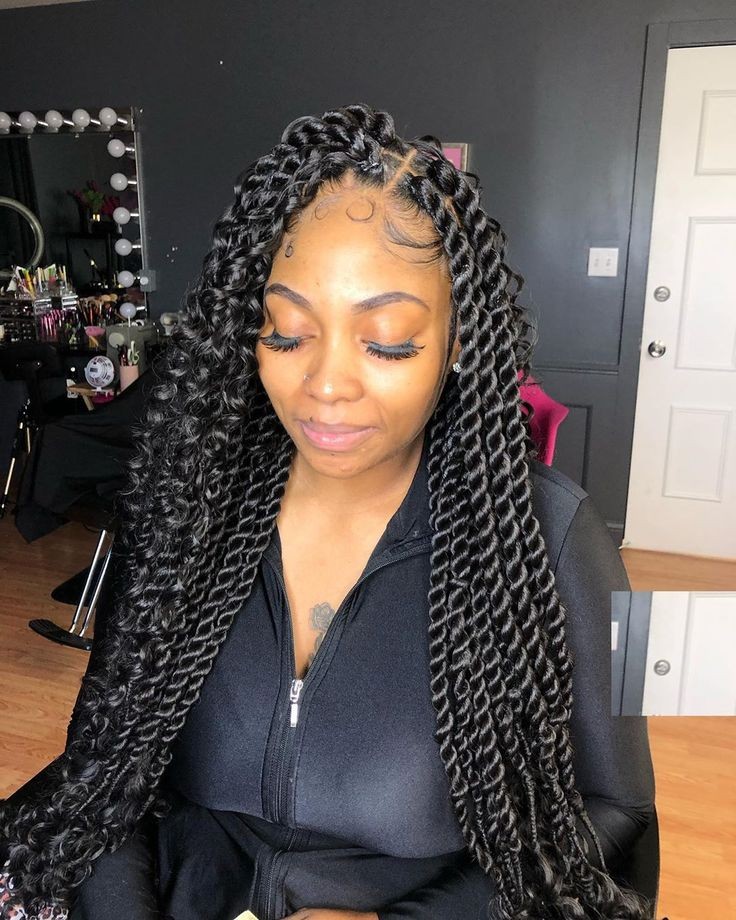

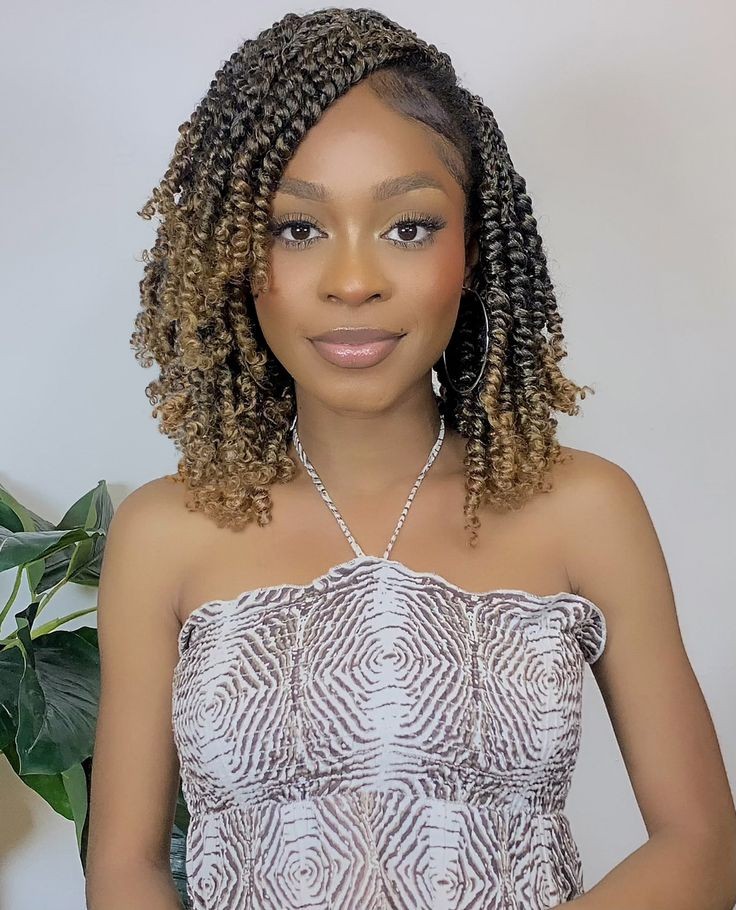

Turkana Braids
Turkana braids: Boldly shaved sections meet gravity-defying twists, painted in the earthy tones of their desert home. Worn by warriors and mothers alike, these braids transcend mere hairstyle. They’re stories woven into hair, whispering of resilience, deep-rooted traditions, and an identity etched in each strand. From ochre hues to woven feathers, Turkana braids are a vibrant crown, defying the elements and whispering tales of a remarkable people.


Samburu hair traditions
Samburu hair: Men rule with ochre-dyed, warrior braids, boasting strength and status. Women wear beaded threads cascading around intricate cornrows, reflecting beauty and family lineage. Age, ritual, and love stories intertwined in every twist and ornament. A vibrant crown, uniquely Samburu.








Kamba traditional hairstyles
Kamba hairstyles: More than just fashion, they sing silent stories. Simple twists and intricate braids adorned with metal rings and vibrant beads. Young girls sport playful “ndololi,” while mature women showcase “mituura” braids, each strand boasting social standing. Clay adornments whisper family secrets, hair a canvas for identity and cultural pride.












History and significance of Kenyan hairstyles.
Kenyan hairstyles have a rich and intricate history that spans centuries. These hairstyles serve as more than just a means of personal expression; they reflect cultural traditions, social status, and even political affiliations. Throughout history, hairstyles have played a significant role in the identity and heritage of various Kenyan tribes. For instance, the Maasai tribe is known for their distinctive shaved heads, adorned with intricate beadwork and braided patterns. These hairstyles not only signify their cultural heritage but also serve as a symbol of bravery and warrior status.
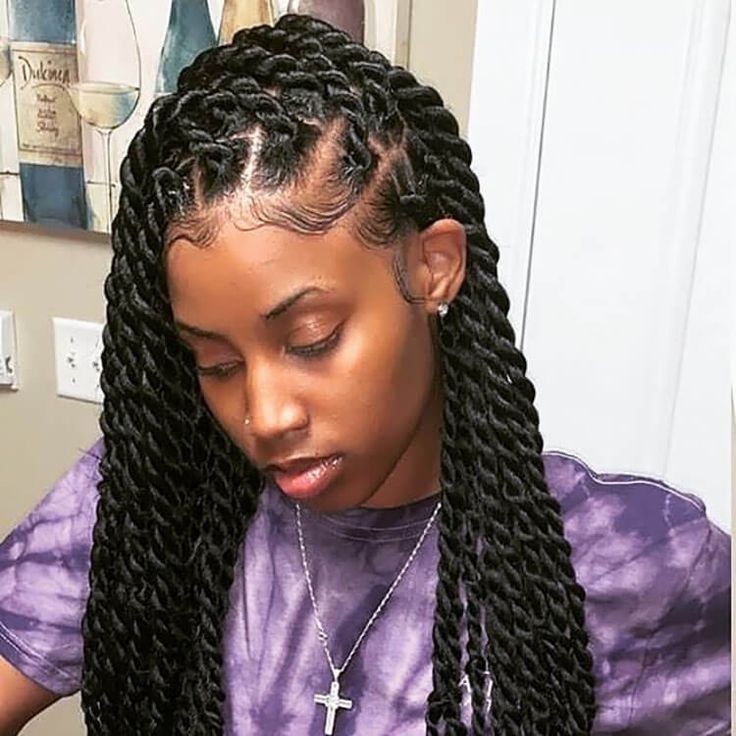




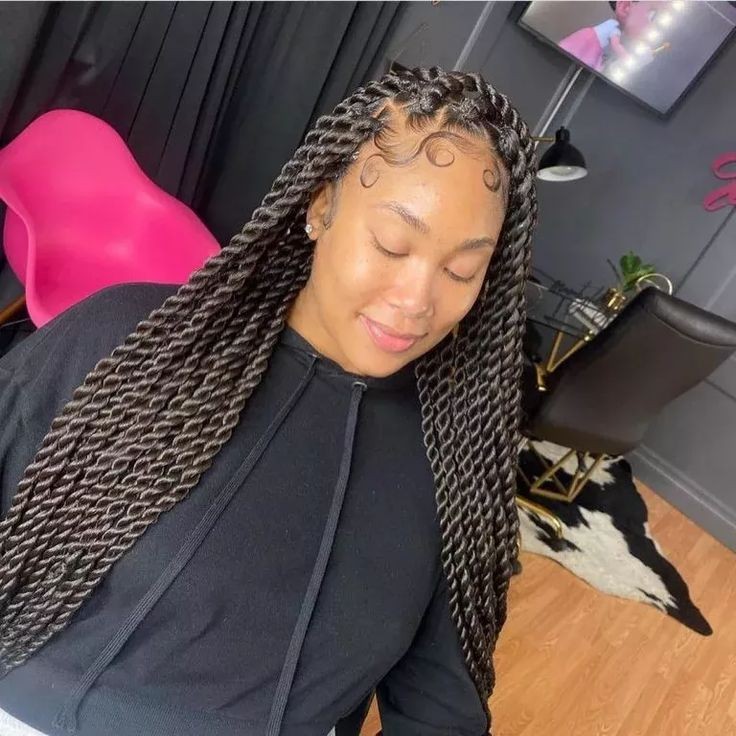




Similarly, the Kikuyu tribe has a long-standing tradition of intricate cornrow hairstyles, which are often embellished with colorful beads and cowrie shells. These hairstyles hold great significance in ceremonies, such as weddings and coming-of-age rituals, and are considered a symbol of beauty and femininity. Overall, the history and significance of Kenyan hairstyles reflect the diversity and cultural richness of the country, showcasing the importance of hair as a form of cultural expression and identity.
Traditional braids and their variations.
Braiding is a prevalent technique used in traditional Kenyan hairstyles, showcasing the skill and creativity of local hairstylists. Traditional braids can vary in their patterns, thickness, and overall style, allowing individuals to express their personal taste and cultural identity. One popular braid style is the cornrow, where thin sections of hair are tightly braided close to the scalp. This technique not only creates intricate geometric patterns but also provides a protective and low-maintenance hairstyle. Another variation is the box braid, where thicker sections of hair are divided into square-shaped braids.
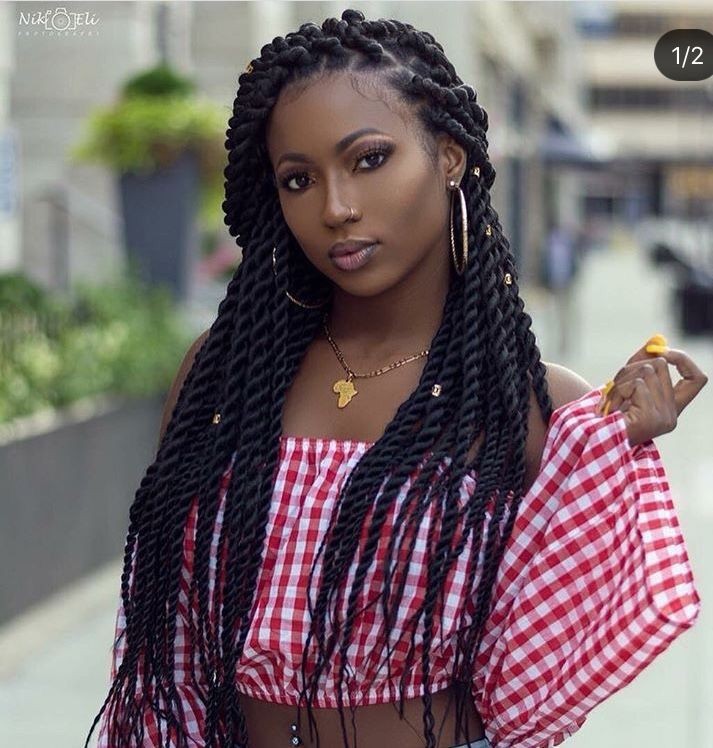

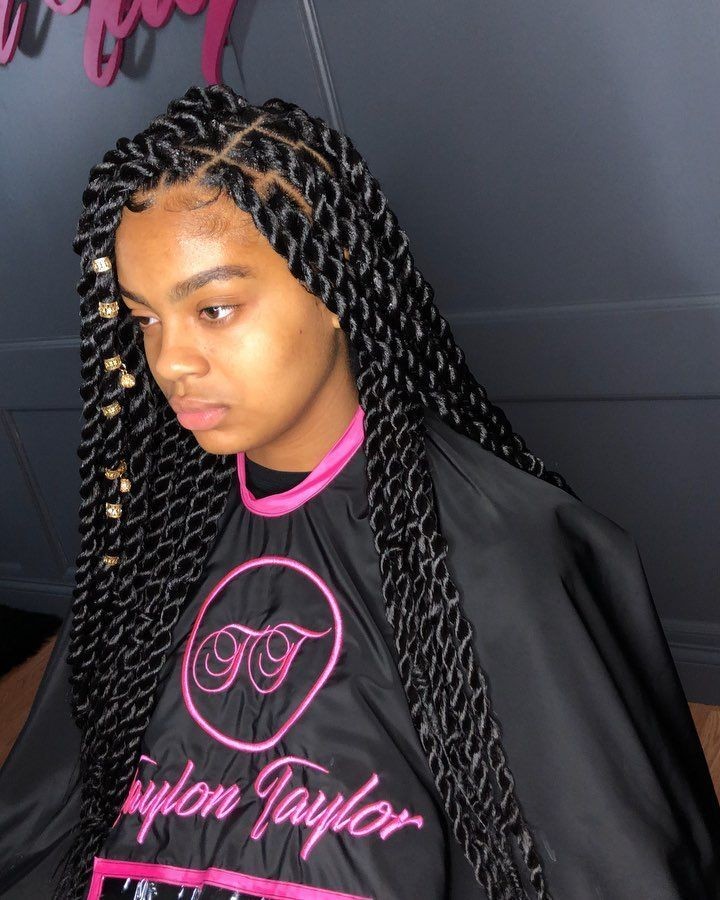







This style offers versatility, as it can be worn long or styled into updos or ponytails. Additionally, the Senegalese twist is a popular choice, involving the twisting of extensions into the natural hair to create a textured and stylish look. These traditional braids and their variations continue to be cherished and celebrated, representing the beauty and heritage of Kenyan hairstyles.
Popular styles for both men and women.
In addition to the traditional Kenyan hairstyles, there are also popular styles that are embraced by both men and women across different cultures and regions. One of these styles is the fade haircut, which has gained significant popularity in recent years. The fade involves smoothly transitioning the length of the hair from short to longer, creating a clean and sharp look. Another popular style is the bob haircut, which can be customized to suit different face shapes and hair textures.


The bob offers a timeless and sophisticated appearance that is loved by many. For those looking for a trendy and edgy style, the undercut has become a go-to choice. This style features shaved or closely cropped sides with longer hair left on top, creating a contrast and adding a touch of modernity. These popular styles for both men and women continue to evolve and adapt to contemporary fashion trends, allowing individuals to express their personal style and embrace their unique identity.
How to achieve the perfect twist.
Achieving the perfect twist hairstyle requires attention to detail and proper technique. Start by washing and conditioning your hair to ensure it is clean and manageable. Next, apply a styling product, such as a curl cream or twisting gel, to provide hold and definition to your strands. Divide your hair into small sections, about an inch wide, and twist each section tightly from the roots to the ends.








To enhance the durability of your twists, consider using the two-strand twist method, where you twist two strands of hair around each other. Once all the sections are twisted, allow your hair to air dry or use a diffuser on a low heat setting. To maintain the twists and keep them looking fresh, you can apply a light oil or moisture-rich hair spray daily. With patience and practice, you can master the art of achieving the perfect twist and rock this stylish and versatile hairstyle.
The art of intricate beading.
The art of intricate beading is a meticulous and captivating craft that has been practiced for centuries. This skillful technique involves the careful placement of tiny beads to create intricate patterns and designs on various surfaces, such as fabric, jewelry, and accessories.


Each bead is meticulously selected and sewn or woven together with precision and attention to detail, resulting in stunning and unique creations. The art of intricate beading requires not only technical skill but also creativity and artistic vision. From elegant jewelry pieces to elaborately beaded garments, this ancient art form continues to inspire and captivate with its beauty and craftsmanship.
Different types of headwraps.
Headwraps, also known as headscarves or turbans, are versatile accessories that have been worn by people across different cultures and for various purposes. In the realm of traditional Kenyan hairstyles, headwraps play a significant role in enhancing the overall look and cultural expression. These head coverings come in a wide array of styles, colors, and materials, allowing individuals to showcase their personal taste and cultural heritage.











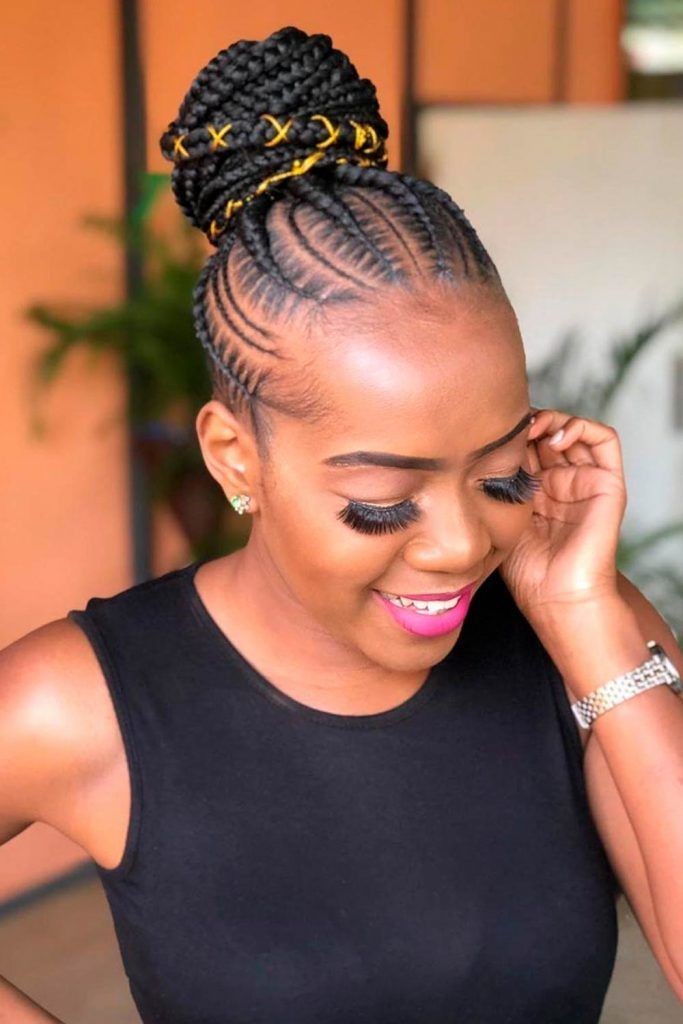

From vibrant and intricately patterned fabric headwraps to simpler, solid-colored options, there is a headwrap style to suit every occasion and individual preference. Whether worn for religious purposes, as a fashion statement, or as a protective measure against the elements, headwraps offer a unique and stylish way to adorn one’s head while celebrating the rich traditions and diversity of Kenyan culture.
Unique adornments and accessories used.
In addition to headwraps, traditional Kenyan hairstyles are often adorned with unique accessories that further enhance their beauty and cultural significance. These adornments serve as a reflection of the rich heritage and traditions of the Kenyan people. Intricate beaded jewelry is a popular choice, with necklaces, bracelets, and earrings crafted using a variety of colorful beads and traditional techniques.









Feathers, shells, and cowrie shells are also commonly incorporated into the hairstyles, adding a touch of natural beauty and symbolism. These unique accessories not only add visual interest to the hairstyles but also serve as a way to honor and preserve the cultural identity of the Kenyan people, making each hairstyle a statement of pride and heritage.
Tips for maintaining healthy hair.
To maintain healthy hair, it is important to establish a regular hair care routine and follow a few simple tips. Firstly, it is essential to keep your hair clean by washing it regularly with a gentle shampoo suitable for your hair type. Avoid using harsh chemicals and excessive heat styling tools, as they can damage the hair shaft and lead to breakage. Instead, opt for air-drying your hair whenever possible and use heat protectant products when heat styling is necessary. Regularly trim your hair to prevent split ends and promote healthy growth.












Additionally, nourish your hair from within by maintaining a balanced diet rich in vitamins and minerals, and stay hydrated to ensure your hair stays moisturized. Lastly, protect your hair from environmental factors such as sunlight and pollution by wearing a hat or using a protective hair spray. By following these tips, you can maintain strong, shiny, and healthy hair.
How to incorporate modern trends.
In order to stay current with modern trends in hairstyling, it is important to keep an open mind and be willing to experiment with new styles and techniques. Stay informed about the latest hair trends by following fashion magazines, social media accounts of hairstylists, and attending hair shows and events. Incorporate modern trends by adding subtle updates to traditional Kenyan hairstyles, such as incorporating braids with colorful extensions or adding modern twists to updos. Experiment with different hair accessories, such as statement hair clips or headbands, to add a touch of contemporary flair.


Don’t be afraid to seek inspiration from other cultures and hairstyles around the world, as blending different influences can create a unique and stylish look. Embrace innovation and creativity, while still honoring the rich heritage and cultural significance of traditional Kenyan hairstyles. Remember, incorporating modern trends should be a personal expression of style and individuality, so have fun and enjoy the process of exploring new possibilities for your hair.
Cultural significance of hair styles.
Hair styles have long held a deep cultural significance across various societies and communities. They often serve as markers of identity, reflecting social status, age, gender, and even spirituality. In many cultures, including traditional Kenyan communities, hair styles are intricately linked with cultural rituals, traditions, and customs. Different hairstyles can communicate a person’s marital status, tribe, or even their role within a community.













They can also signify coming-of-age ceremonies or important life events. Additionally, hair styles can be a form of artistic expression, with intricate braiding patterns and hair adornments showcasing the creativity and skill of the hairstylist. Overall, hair styles hold a profound cultural significance, acting as visible symbols of heritage and tradition.
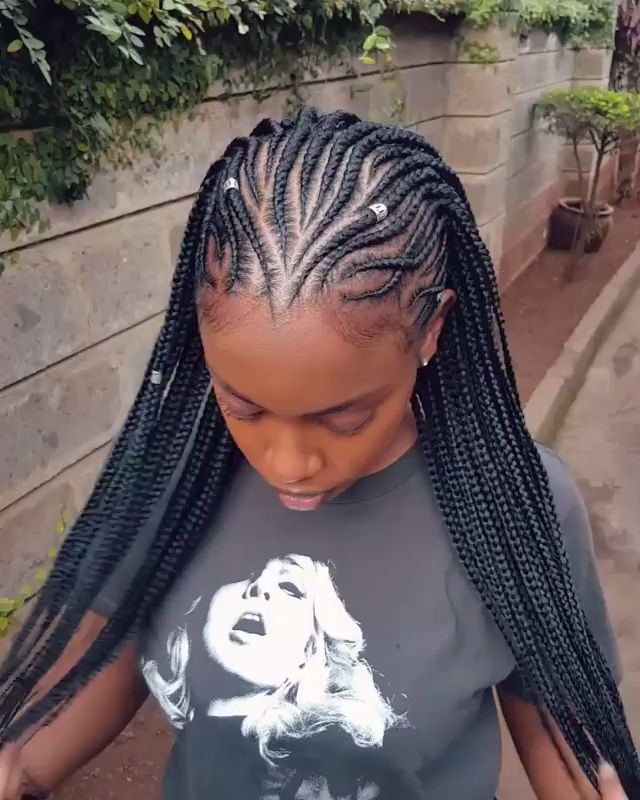

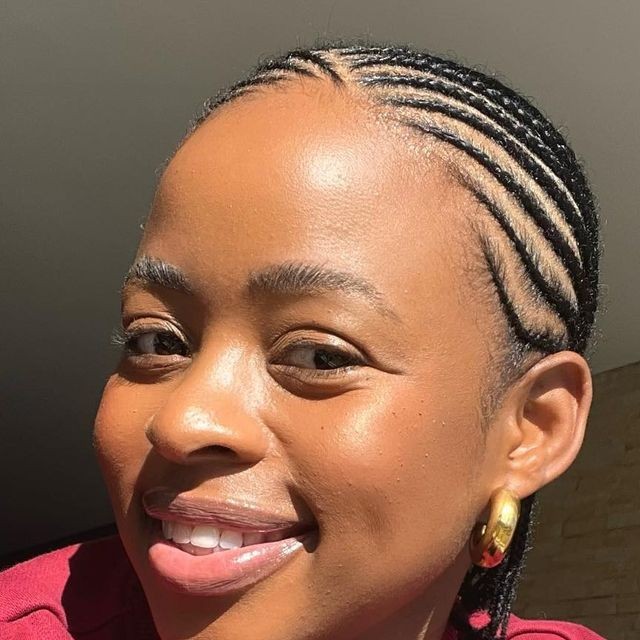

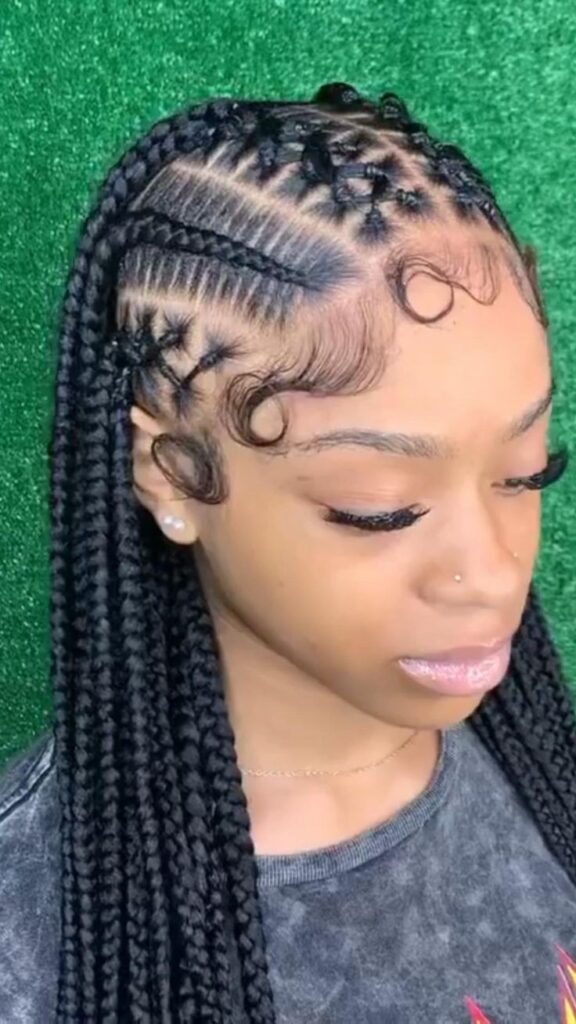

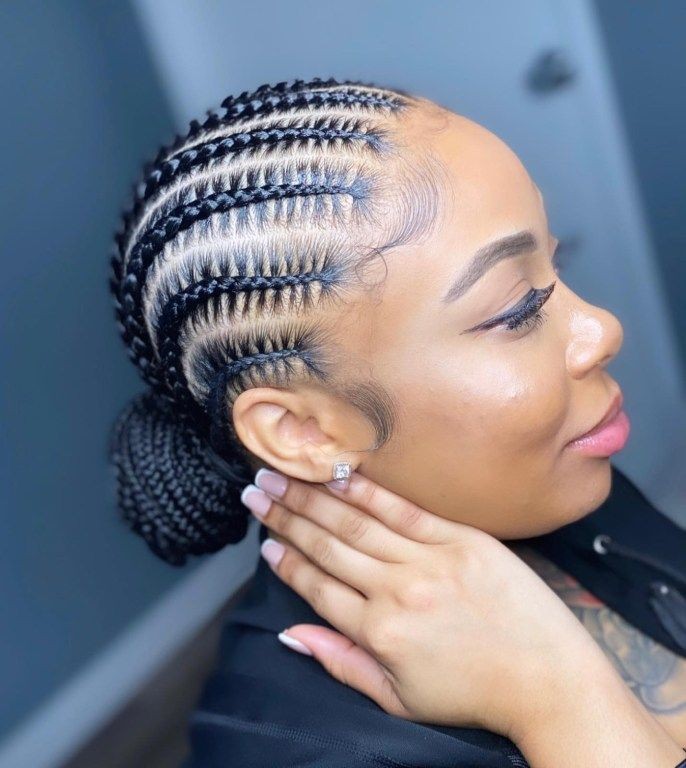

In conclusion, traditional Kenyan hairstyles are not just about fashion or aesthetics, but they also hold significant cultural and historical value. These hairstyles have been passed down from generation to generation, preserving the rich heritage of the Kenyan people. They are a symbol of identity, pride, and beauty, and continue to be embraced in modern times. It is important to recognize and celebrate the beauty and significance of these traditional Kenyan hairstyles in order to honor the country’s diverse culture and traditions. Let us continue to appreciate and preserve these hairstyles as a part of our collective cultural heritage.



